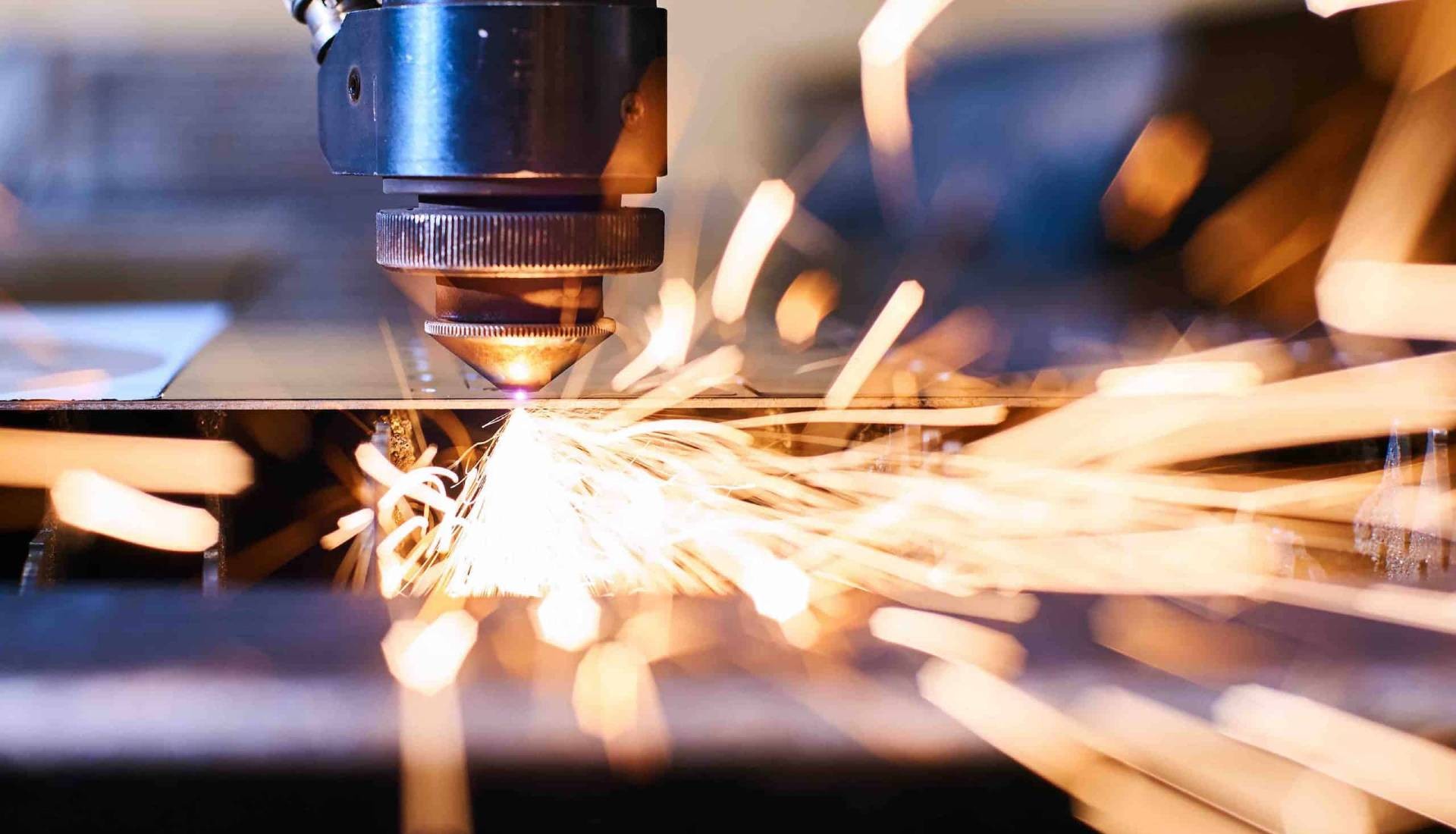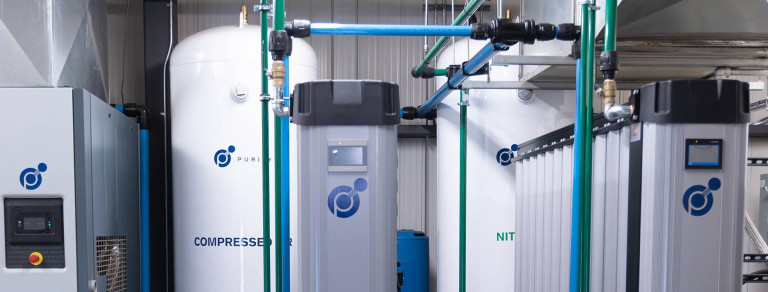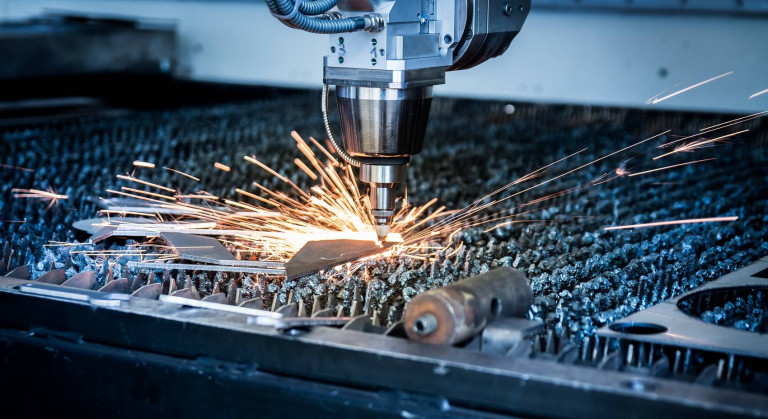Sizing nitrogen generation systems for laser cutting applications and how is sizing determined
Nitrogen gas is very commonly used in the manufacturing industry for blanketing, inerting and purging. Laser cutting is a specific application which uses a high-power laser beam to heat materials to a point of melting or vaporization. Nitrogen gas is then often used to displace the oxygen in the cutting area which reduces the amount of discoloration (aka oxidation) and is also used to remove any excess material. Given its inert properties, nitrogen gas also improves productivity because there are less heat-producing reactions which result in a cleaner, more precise cut.
The sizing of the nitrogen generation system is dictated by three variables: nitrogen gas purity (aka oxygen content), pressure and the volumetric flow rate. The three bits of information aren’t always readily available so we can always assist in determining them.
What really sets laser cutting applications apart though?
It’s all about the pressure! The nitrogen generation system is comprised of three “main mechanical components” being: the air compressor, the nitrogen generator and the booster compressor. The typical industrial air compressor is normally set up to produce between 85 – 110 psig and most lasers require a minimum of 300 psig.
The air compressor feeds the nitrogen generator and then the nitrogen gas goes to the booster compressor. The booster compressor increases the pressure up to 4500 psig. However, in some cases the nitrogen gas is only pressurized to 500 psig or less. For the sake of simplicity, we can call these two systems, “mid-pressure” and “high-pressure” systems.
The Differences Between Mid-pressure and High Pressure Systems
Each system has its own advantages, the mid-pressure system can be seen as an on-demand system because the system comes online only when needed. It is sized for the maximum demand, in terms of volumetric flow rate and allows for around the clock (24/7) production. Adding system redundancy is straightforward due to our modular design. This design has been proven and tested in many customers’ facilities all over Canada and the USA.
A high-pressure system is ideal for a single shift operation and it can accommodate short peak demands. The system is designed to meet the total daily demand and can also be called a high-pressure storage system because the delta between the storage pressure and the discharge pressure gives the end user a buffer time in which the system can stay offline. The compressibility of nitrogen gas allows a large volume of gas to be stored in a much physically smaller vessel so a higher storage pressure equates to more volume of nitrogen gas being stored. Since this design is based on single shift operation, the end user can deplete the storage as needed and take an extended period of time to replenish the storage. This is advantageous because the slower fill rate corresponds to a smaller nitrogen generation system. The high-pressure systems can also be easily expanded by simply adding more storage vessels.
Many laser systems will state that the nitrogen purge gas requirement is 99.999% or 5.0 UHP (Ultra High Purity) as a catchall specification, but it is seldom required. The majority of systems that we have put in the field vary from 95% to 99.99% purity and the overall cost of purchasing and building a nitrogen generation system goes up exponentially by increasing the purity requirement. Nitrogen generation is still substantially cheaper than signing a legally binding, multi-year gas contract.
Common Markets Using Nitrogen Gas
Please contact us for more information as there will always be occasions where both solutions can work. We also base our recommendation on the customer’s anticipated growth strategy (either adding more shifts during the week or purchasing more equipment). At Purity Gas, we have worked with various makes and models of lasers so we are accustomed to determining the gas generation requirements that are needed to design and build an appropriately sized system. Sizing nitrogen generation systems can be difficult, so leave it to us to perform a nitrogen demand analysis or examine previously collected data.
 by Dalvir Jandu, P.Eng.
by Dalvir Jandu, P.Eng.

